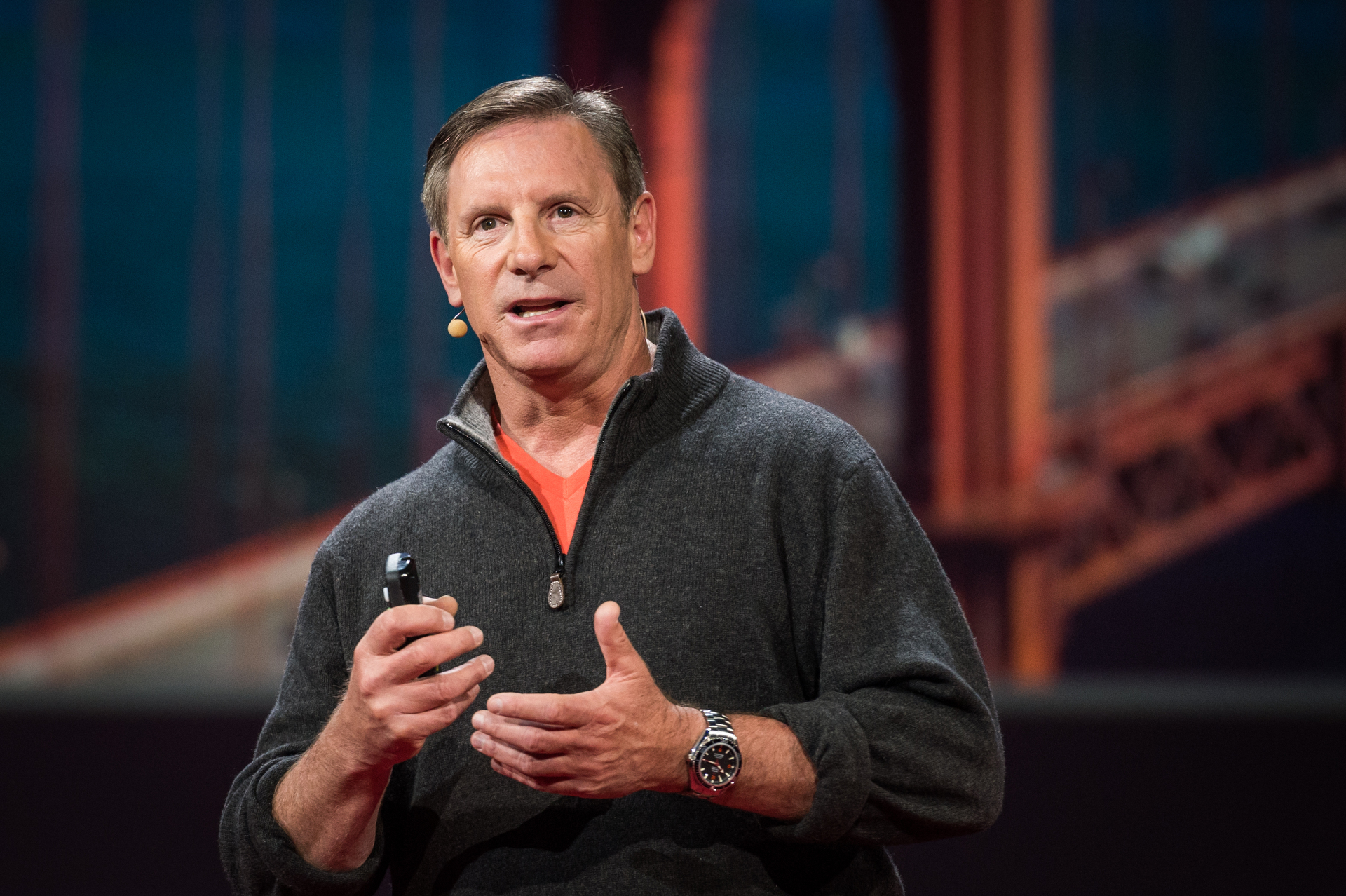Sergeant Kevin Briggs recently retired from the California Highway Patrol after 23 years of service, the majority of which included patrolling the southern end of Marin County, which includes the Golden Gate Bridge. And that means that he has frequently responded to suicide attempts.
The bridge, while an iconic structure, has also been the site where more than 1,600 people have jumped to their death. The bridge has been romanticized, Briggs suggests, with some even believing “that traveling between the two towers takes you to another dimension, that the fall frees you from all your worries and grief, and the water will cleanse your soul.”
Briggs tells us what really happens: After a fall of 4-5 seconds, jumpers hit the water at about 75 mph. The fall crushes the spine and breaks many bones, some of which puncture vital organs. Most die on impact. Of those who don’t, most flail for a while helplessly and then drown. Says Briggs, “I don’t think those who contemplate this method of suicide realize how grisly a death they will face.”
When he started working, the officers had no formal training in suicide prevention. “This was not only a disservice to those contemplating but to the officers as well,” he says. Now they have training both from senior officers and from psychologists.
He tells us the story of Jason Garber, a man he met after responding to a possible-suicide call. Jason was 32 years old; he had flown out from New Jersey, and was standing on the edge of the bridge. Jason asked the officers there if they knew the story of Pandora’s box — the story of how she opened the box and all the evils of the world flew out, everything except hope, the only good thing. Then he asked them, “What happens when you open the box and hope isn’t there?” He paused a few moments, leaned to his right and was gone. That night, Briggs spoke with his family. “I suppose that when I was speaking with them, I didn’t sound as if I was doing well. The next day their family rabbi called me. The collateral damage of suicide affects so many people.”
He gives a few suggestions for talking with a friend who is suicidal. In his experience. “It’s not just the talking that you do, it’s the listening. Listen to understand. Don’t argue or blame or tell the person you know how they feel. By just being there, you may be the turning point that they need.” Also, if you think someone is suicidal, don’t be afraid to confront them. He suggests this way of saying it: “Others in similar circumstances have contemplated ending their life. Have you had those thoughts?” Other signs to look for are hopelessness, helplessness, recent social withdrawal, and loss of interest in life.
Briggs tells another story about a man he refers to as Hope and Courage, named Kevin Berthia. On March 11, 2005, he responded to a call. He listened for an hour and a half as Berthia spoke of his hopelessness and depression. “After that,” says Briggs, “Kevin decided on his own to come back over that rail and give life another chance” Briggs congratulated him, but also asked, “What was it that made you decide?” The answer was, “You listened. You let me speak, and you just listened.”
Shortly afterward, he received a letter from Kevin’s mother, who wrote: “Kevin was crying out for help. He has been diagnosed with a mental illness for which he has been properly medicated… p.s. when I visited San Francisco General you were listed as the patient! Boy did I have to straighten that one out.” Today Kevin Berthia speaks about his experience, and hopes his story will inspire others.
The concern with suicide also has a personal component for Briggs. His grandfather committed suicide by poisoning. “That act, although ending his own pain, robbed me of getting to know him. This is what suicide does.”
Briggs has been involved in hundreds of suicide calls, and in that time he’s only lost two, including Jason Garber. He knows their names. He wants us to know this: “The majority of folks they do get to contact on that bridge do not commit suicide.” And the 1% or 2% who survive the fall have said that the second they left the rail, they knew they had made a terrible mistake.
“The bridge,” says Briggs, “not only connects Marin to San Francisco, but people to each other. That connection, that bridge, is something we all should strive for. Suicide is preventable. There is help. There is hope.”

Comments (7)
Pingback: 20 Fascinating San Francisco Facts That You Need To Know | Factvrse
Pingback: 10 Mind-Blowing Facts About Golden Gate Bridge | Factvrse
Pingback: Our Deadly Secret- Suicide |
Pingback: How to Help Someone Suicidal | Social Psychopath
Pingback: Inspire Monday: Kevin Briggs on Suicide Prevention | Learning Hippie Mom